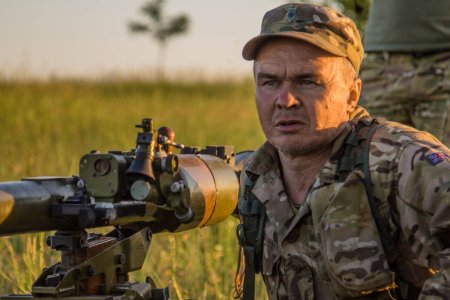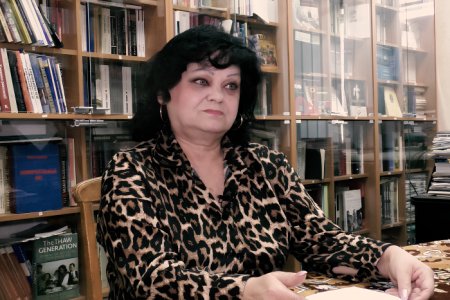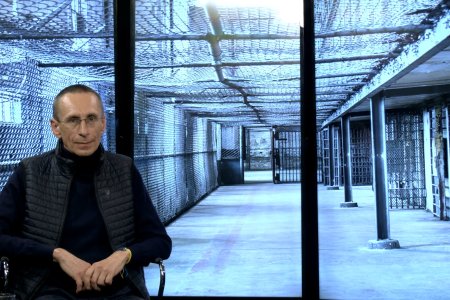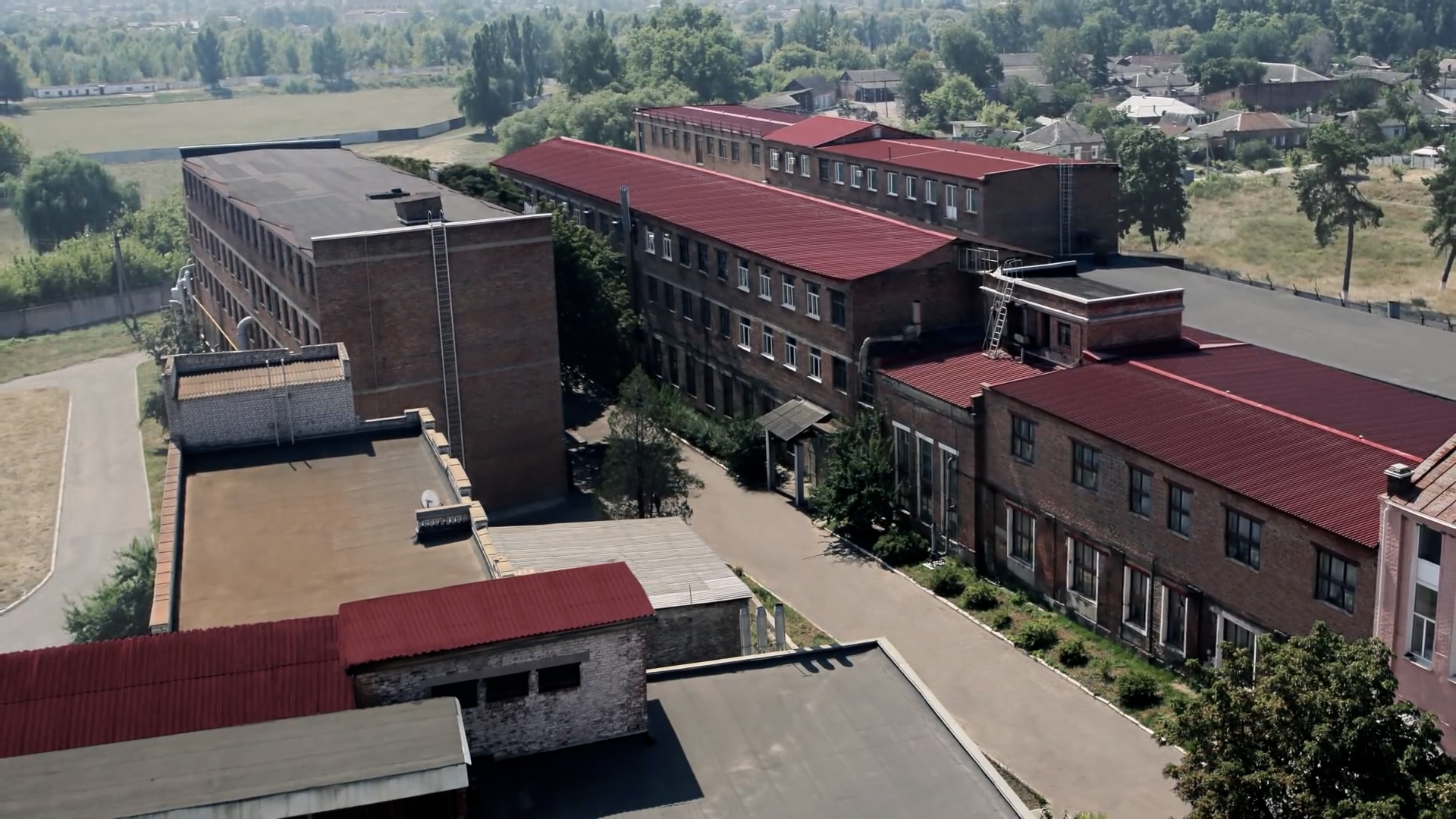
We spoke with the deputy director of the aggregate plant, which used to be called the ‘concentration camp’ of Russians.
— What happened at the Volchansk Aggregate Plant?
— Having formed the base, they [the Russians] began to act. They began to look more carefully for pro-Ukrainian patriots who supported Ukraine 100%. Of course, there were many patriots, but the premises of the regional department [of the police] were small. And it was risky to carry people to the border. Also, as far as I understand, it was pretty expensive. They could not come up with anything better but use the plant, turning rooms into prison cells. Some of the premises were used as interrogation rooms.
A bridge near the plant was used as a checkpoint through which people passed. And if the Russians did not like someone, they would pull such a person for interrogation regardless of age and gender. Sometimes there was no good reason, just: “I don’t like you.” Then they would round up the victims.
Some just stayed in the cells, and some were methodically [taken] daily for interrogations and torture to get information. For example, they asked about the troop’s location, family ties of certain ATO (Anti-Terrorist Operation) officers, the military, and representatives of the authorities.
It was a full-scale concentration camp with all the consequences. Some people were there for a day or a few, and some since the first days of the war. They were not released. Their fate could be determined bit by bit through the information reported by the released prisoners.
— Who were these people kept there and not released?
— They were different people: ATO officers, nationalist-minded people, former law enforcement officers, representatives of authorities, local self-government, and teachers. Even the priest was taken away and tortured with electric shock for three days.
All different ages, both women and men. Everyone. All segments of the population were sorted into some categories. Everything Ukrainian was taboo there: statements, actions, participation in something. A person could be stopped on a road, and they would find a photo sent by someone on the phone. Or someone would share some news — that’s all.
We don’t know for sure about the facts of death. But there are people with whom there has been no contact for a long time. They were taken away, and their fate is unknown. Russians do not give answers, and there is no one to complain to. There is no law there — complete chaos. You understand that there are not even military ethics because they are nonhumans. We hoped that with some categories, they would be more humane and show some pity when women were looking for their husbands or mothers of children. But there is no pity. Wives can ask about the fate of their husbands, and they would also be imprisoned.
— There was information that the entire plant was taken to Russia. Is it true or not?
— Well, you know, for me personally, as a member of the management of this enterprise, the state of the enterprise and its integrity are of great importance. As far as I know, there were plans. We understood that someone could always take away the material and technical base of the plant.
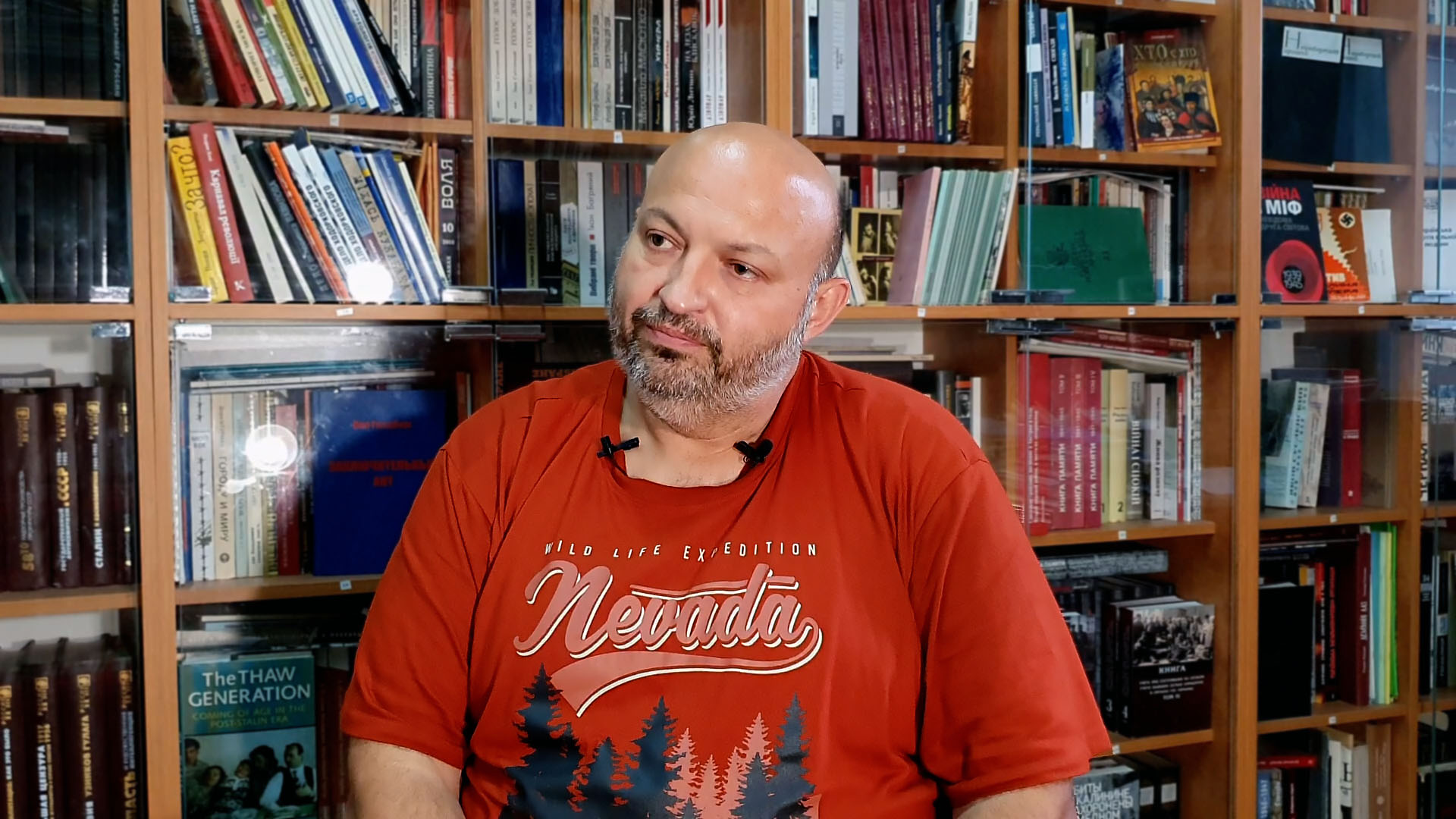
However, on 7 April, the power stopped working. It has been gone for a long time, and even dismantling workshop equipment is difficult without electricity. Launching crane lifting beams that travel around the workshops is necessary to dismantle the equipment and machines. You can break the building, but then the equipment will suffer. Therefore, it stood.
Some materials may have been taken away, but there was no purposeful removal of the plant’s equipment. So, for now, the plant is 99% intact. It was fired upon several times (he smiles — ed.). Well, yes, the windows were busted. Otherwise, there was no significant damage. Thank God the plant is intact.

